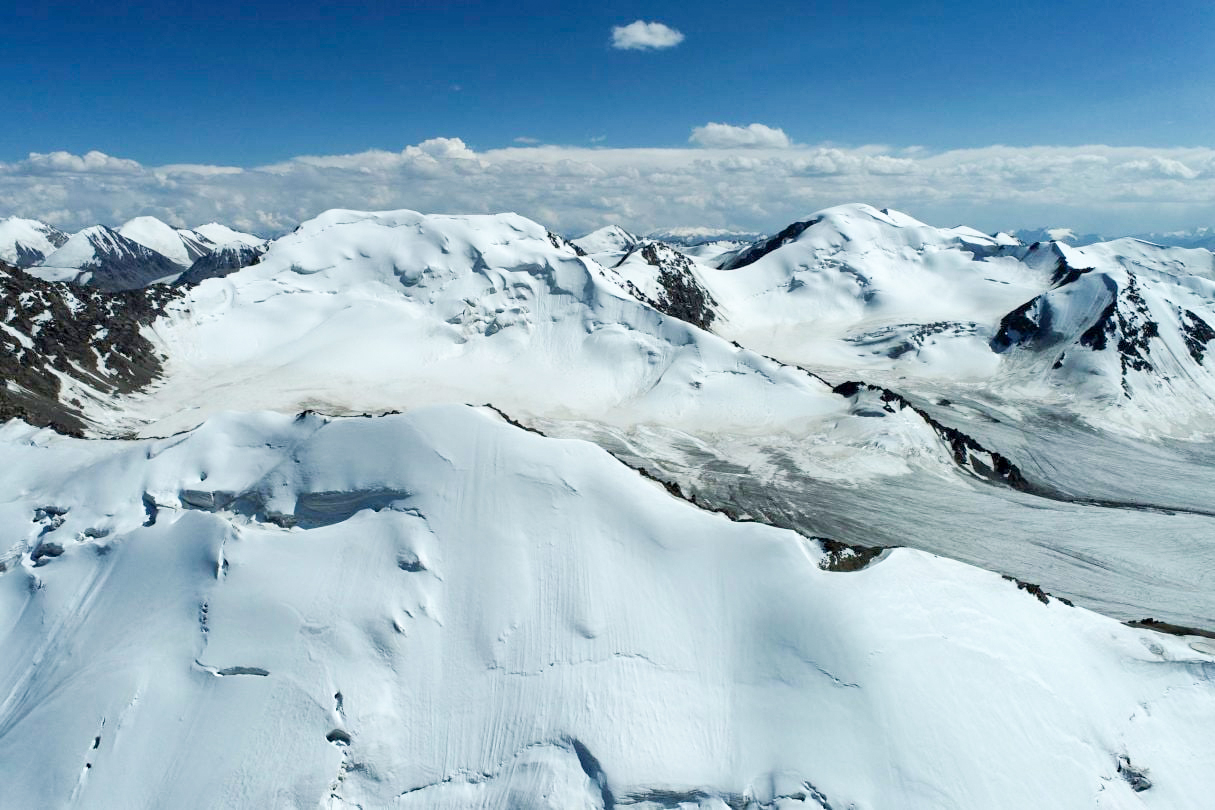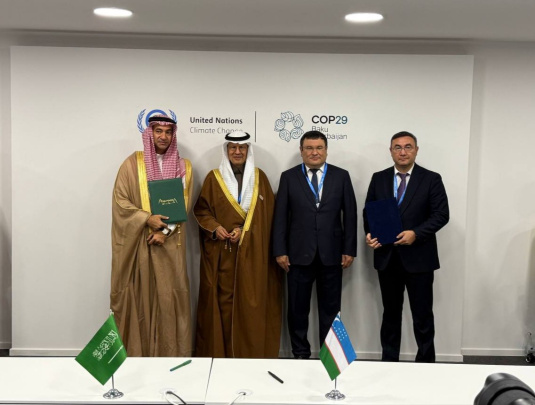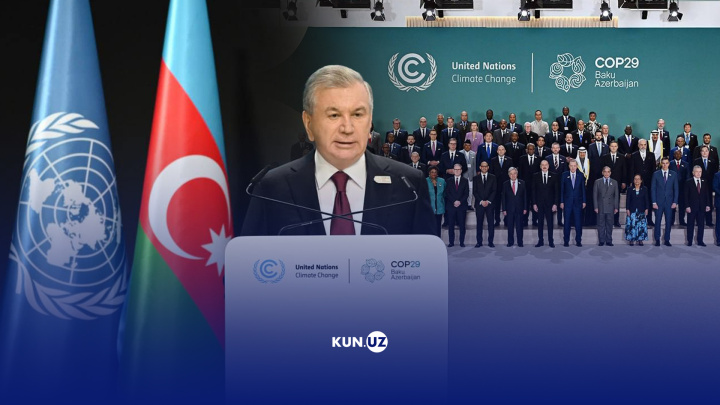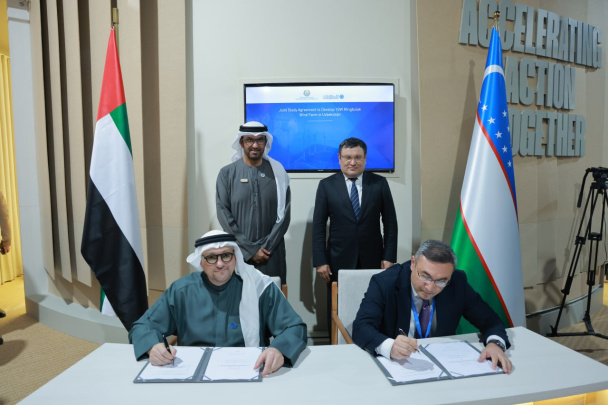Glacier meltdown threatens Central Asia’s water and energy security
By 2050, Central Asia may lose one-third of its glaciers, posing significant risks to the region's water, food, and energy security. This stark warning was voiced by Bahodir Sheralizoda, Chairman of Tajikistan’s Environmental Protection Committee, during a climate panel at COP29.

Tajikistan, home to over 14,000 glaciers, accounts for 60% of Central Asia's water resources. Sheralizoda highlighted the alarming rate of glacier loss, noting that over 1,000 glaciers in Tajikistan alone have disappeared in the last 30 to 40 years. “This rapid melting threatens the region's stability and sustainability,” he emphasized.
In response, Masatsugu Asakawa, President of the Asian Development Bank (ADB), announced plans to invest $3.5 billion over the next seven years in initiatives aimed at protecting glaciers and promoting sustainable agriculture. The funding is expected to bolster resilience among millions of Central Asians reliant on glacier-fed water resources amid increasingly erratic climate patterns.
Regional stakeholders also underscored the need for collective action. Mukhtar Babayev, Azerbaijan’s Minister of Ecology, stressed that a unified approach is essential to address the consequences of glacier loss. He warned that the worsening climate crisis and shrinking glaciers could exacerbate water shortages, with dire effects on agriculture and ecosystems across Central Asia and the Caucasus.
This growing environmental challenge demands coordinated regional efforts to mitigate its impact and secure the future of millions dependent on these critical water resources.
Related News

19:31 / 15.11.2024
U.S. needs to continue to take Central Asia seriously – Dr. Michael Rossi

17:49 / 15.11.2024
Saudi Arabia’s ACWA Power to build 2 GW energy storage systems in Uzbekistan

18:37 / 14.11.2024
Uzbekistan pledges 35% emission reduction, boosts renewable energy plans at COP29

17:06 / 13.11.2024



